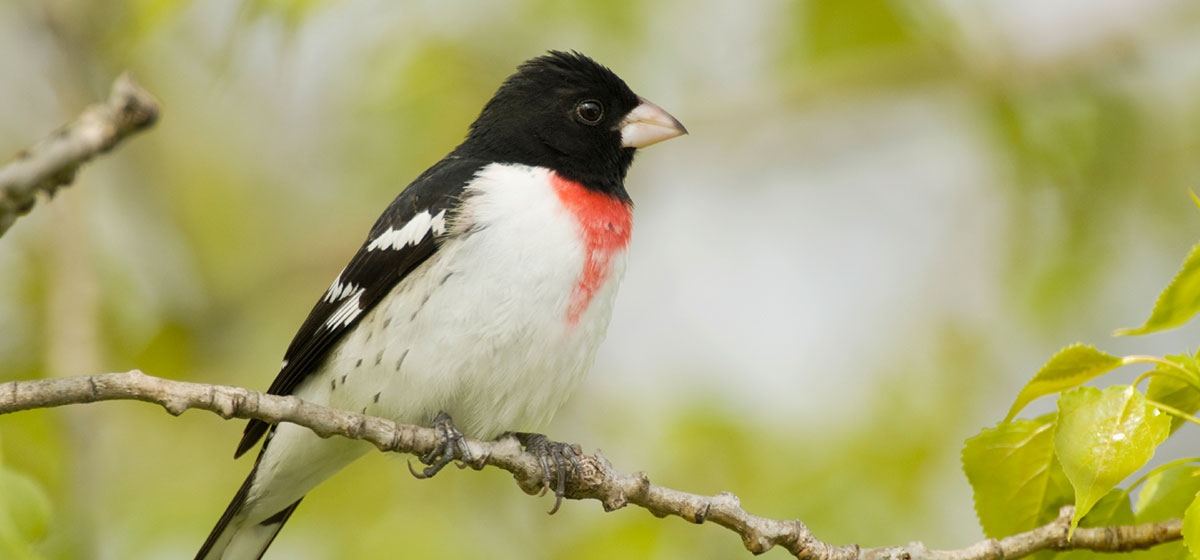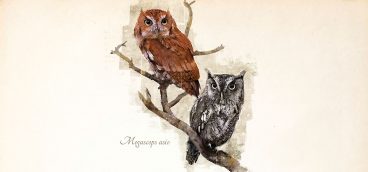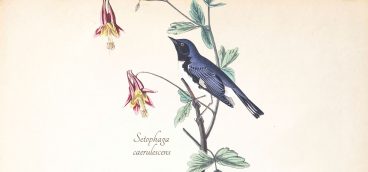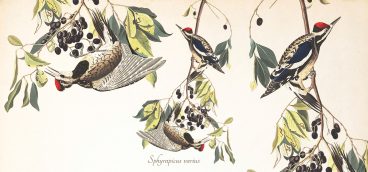
There is a veteran haberdasher at a certain long-established men’s clothier in downtown Pittsburgh who watches birds. Let’s call him Kenny. Seeing this column one day, he asked me about an unusual avian visitor he saw in the trees of his yard. “It was black and white with a big red spot on its chest,” he told me.
I love questions like this, if only because they restore my faith that many different kinds of people (some 60 million Americans according to federal estimates) watch and wonder about birds. In this case, a welcome spring visitor, the Rose-breasted Grosbeak.
Leaving parts as far south as Ecuador, Columbia and Venezuela, the bird flies to the swelling abundance of spring in Pennsylvania and the country beyond. Slightly smaller than a robin, hued like a woodpecker and close cousin to the cardinal, the Rose-breasted Grosbeak by early May is most likely to be found up among the treetops of Pittsburgh’s suburban hills. Up among the leaves and shifting light, the bird tends to blend in, but sharp observers can spot it.
Perhaps the sartorial splendor of the plumage caught my friend’s eye. That makes sense, given Kenny’s vocation. It’s almost as if he dressed the male grosbeak for a spring formal, encouraging it to don a tux with a red-fronted vest. A black head and back, speckled black and white wings, and a similarly toned tail give this bird a rakish air. (His scientific name might cause momentary confusion. It suggests “a Louisianan brushed with rouge.” Known to science as Pheucticus ludovicianus, the first word comes from Greek and means “painted with cosmetics.” The second word recalls the Bayou State origins of the type specimen.) Rosy armpits and a warm, red wash on the chest give the male something to puff his feathers about. He’s proud of that rosy bib and sings out to prove it in a voice described by one field guide as that of “a robin who has taken voice lessons.” This fellow can whistle quite a cheery tune, singing in courtship flight and while defending territory, by day and at night, sometimes even while sitting on eggs, a duty he shares once his songs have their intended effect.
The notes pour forth between some imposing mandibles. This bird looks nose heavy, its large, whitish-yellow bill is far larger than most any spring songster’s. The large (gros) beak is built to crush seeds and berries and grind bugs to fine insect paté. The female is more humdrum in plumage and looks like a large sparrow. The grosbeak will tend a twiggy nest that might hold three to five bluish green and speckled eggs. Both male and female incubate the eggs and feed the nestlings, so that large, specialized beak is put to good use as a food processor for hungry babes. In fact, the male sometimes bears the greater share of parenthood, tending the first born while the female builds a second nest. It is possible that, just as the first brood is ready to fledge some nine to 12 days after hatching, a father might find himself back on warming duty. It’s just 14 days from the time an egg is laid to when the chick breaks through to the world.
While habitat destruction has had some impact on the Rose-breasted Grosbeak, as it has to a greater degree on many other species, the population is holding its own throughout much of its breeding range. Curiously adaptable, the bird seems increasingly at ease among suburban woodlots and backyard arbors, boding well for the possibility that you—or your clothier—might sustain a good, long look at this beautiful and melodious creature.





